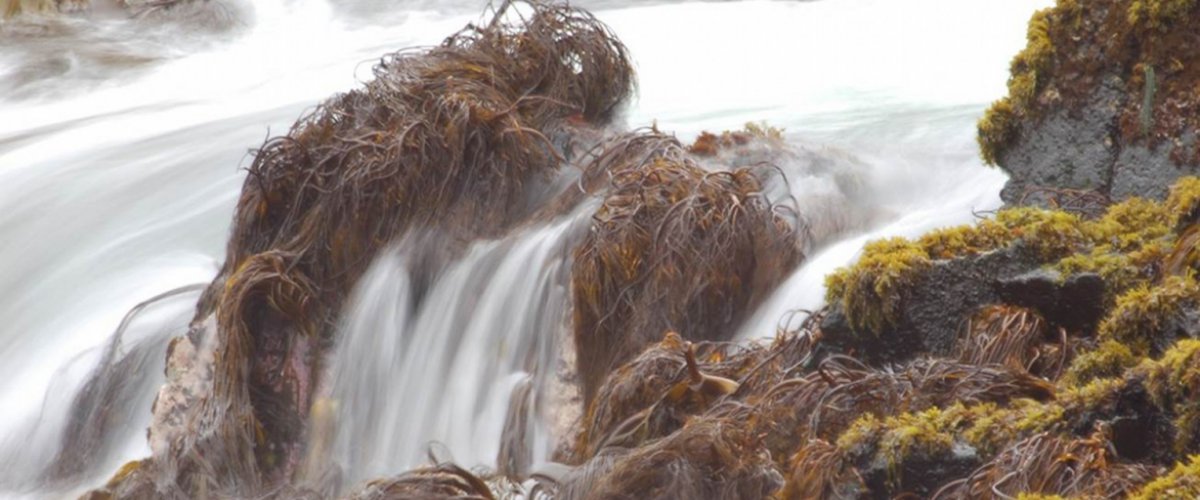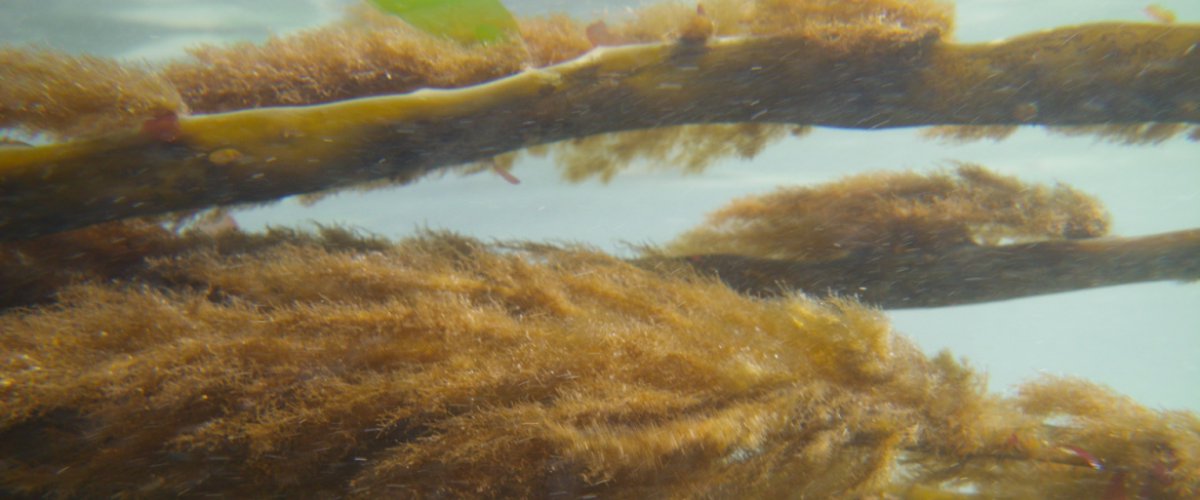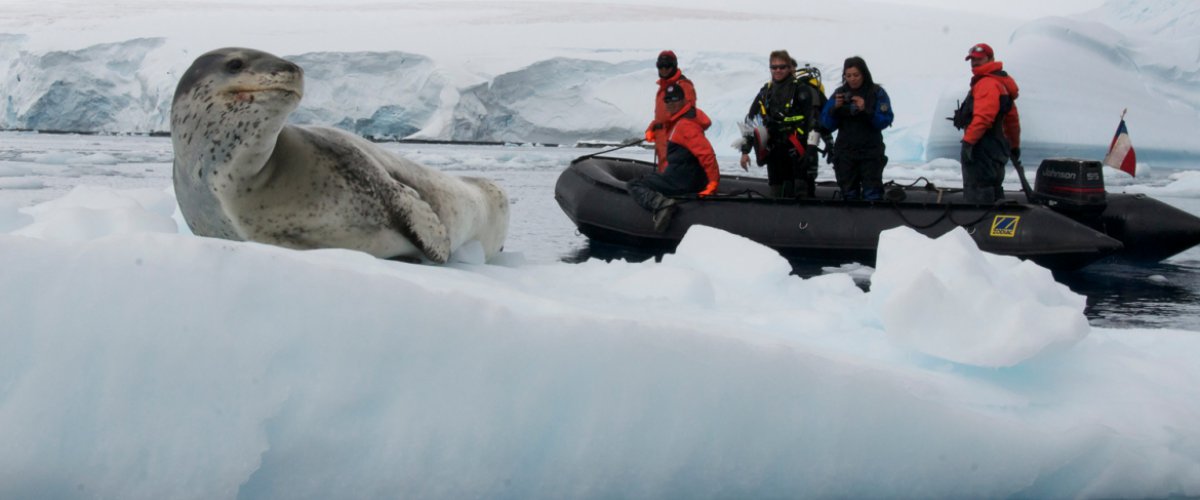Speciation, hybridization and adaptation at range margins
We have been working on two transition zones, one located in the South-Eastern Pacific (30°S, Central Chile) and the other in the North-Eastern Atlantic (Brittany, France), combining genetic and ecological data for several taxa and describing new cryptic species.
This allows us in particular to explore changes in mating systems within contact zones between sister species (geographical parthenogenesis, transitions from outcrossing to self-fertilization) and their role in reproductive isolation. The main models are Lessonia spp and Mazzaella spp in Chile, and Fucus spp in France.
Genomic tools developed for the model brown alga Ectocarpus siliculosus also allow us to study the genomics of speciation within the Ectocarpus genus, a complex of closely related species separated by various degrees of inter-sterility − in particular, hybridization between E siliculosus and E crouaniorum was documented both in France and Chile. We measure and compare the importance of hybridization within contact zones and in controlled crosses in the laboratory (where the life cycle can be completed within 3 months), and plan to use next generation sequencing for locating chromosomal regions contributing to reproductive isolation (comparisons between species) and adaptative divergence (comparisons between strains along environmental gradients).
Another research axis developed by UMI members in Chile concerns the taxonomic exploration of the southern part of the Pacific Ocean. Repeated shifts in the distribution of species and isolation of small fragmented populations within refugia could have translated in a high rate of allopatric speciation or intraspecific lineage divergence in several Antarctic ecosystems. However, our knowledge of the diversity of the southernmost located seaweeds is still very incomplete. Using a barcoding approach and molecular phylogenetic/phylogeographic analyses, we characterize patterns of species and genetic biodiversity of seaweeds within different Antarctic sub-regions.









